Reclaimed Heart Pine Veneer
Our Reclaimed Heart Pine veneer among the most beautiful and distinctive woods in the world. In the 1700s and 1800s vast tracks of southern land were clear cut along river banks, then rafted downstream to sawmills. Longleaf Pine trees grow very slowly, taking 200-500 years to mature. These ancient trees were almost all tight grained wood, better known as “heartwood”.
Today, less than 5,000 acres of the once 89-95 million acres of virgin growth- Longleaf Pine trees remain. We consider the logs recovered from riverbeds and swamps to be sunken treasures. The logs have been preserved for centuries by cool water, allowing the heavy, dense “heart” to remain in perfect condition.
The heavy logs were pulled by oxen or horses to nearby rivers, where they were lashed together to form makeshift floating rafts. Occasionally the denser, better logs got away, becoming “sinker logs”, and finding their way to an oxygen-free river resting place. There they have waited peacefully, in pristine condition, for more than a century. Most of the river recovered logs have axe cut ends. Many river logs have “cat faces” or marks where the tree was scraped to collect oleoresin for making turpentine.
There are many difference between antique heart pine and “new heart pine”. The U.S. Forestry Service classifies any tree under 200 years old as “new heart”. Because trees from America’s first forest took much longer to grow, growth rings are much tighter, making stronger and more attractive wood. Our heart pine comes from trees between 200 and 500 years old.
Botanical Name Pinus palustris
Common Names: Longleaf pine, fat pine, Heart Pine, Deadhead Pine, Old Growth Pine, Reclaimed Yellow Pine
Source: Southeastern USA. While the tall, stately long leaf pine once covered 30 to 60 million acres of the southeastern U.S. coastal plain, land clearing has reduced its range to 10 percent of the past acreage.
Color: A variety of deep patina define this species. Heartwood reddish-brown portion, and ring of yellowish sapwood. Weathered Grey, Grey Beige, Pale Brown, Sand, Gold and honey colors. Sap is lighter color. Golds and oranges can also be found in it.
Pattern: Tight grain with average of 8 growth rings per inch. Coarse texture.
Characteristics: Heavy, hard, and strong.
Uses: Furniture, cabinetwork, flooring, interiors, decorative veneer.
For more information visit: Wood Database – Longleaf pine
Please click on an individual log to see complete details.
| ID # | Description | |
| 5694 |
Log: Paperbacked Sheets - 48 x 96 - $95.00 each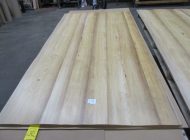 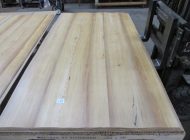 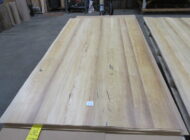
| |
| 5694 |
Log: 307982-2 Flitch Veneer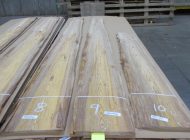 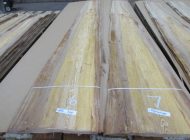 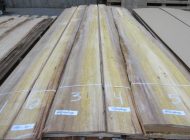
|





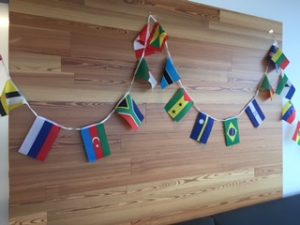
Like us on Facebook and follow us on Instagram!